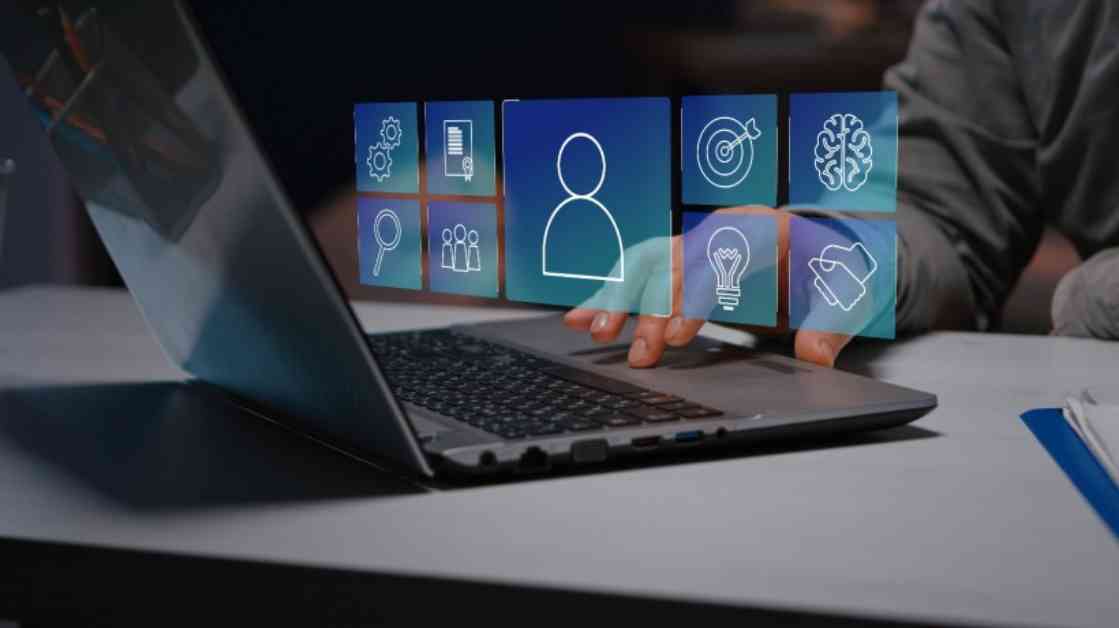**How HR Can Support Employee Learning and Development**
Employee learning and development are crucial aspects of a company’s success in today’s fast-paced and competitive business environment. It is the responsibility of Human Resources (HR) to support and facilitate the learning needs of employees to ensure their growth and the overall success of the organization. In this article, we will explore various methods that HR can implement to effectively support employee learning and development based on both individual and organizational requirements.
**The Role of HR in Employee Learning**
HR plays a vital role in addressing the learning needs of a company by focusing on the development of its employees. In today’s workforce, where skills are constantly evolving, companies must prioritize employee learning and development to retain top talent. A recent survey by LinkedIn revealed that 94% of employees prefer to stay with organizations that invest in their learning, highlighting the importance of continuous learning opportunities.
Employee learning is not only beneficial for individuals who can acquire new skills and advance their careers but also for the company as a whole. Employees who are equipped with the necessary skills through learning and development programs become eligible for promotions, contributing to the growth and success of the organization. It is essential for HR to identify employees who are ready and willing to engage in learning initiatives, as not everyone may be interested in pursuing advancement opportunities.
**Finding Eligible Employees**
HR can conduct a needs analysis to determine the current skills of employees and identify the skills required for the future success of the organization. By bridging the gap between existing skills and future needs through learning and development initiatives, HR can ensure that employees are prepared to meet the challenges of a rapidly changing work environment.
The evolving landscape of technology has significantly impacted the skills required for various jobs. Employees must continuously acquire new skills to remain competitive in the market. Companies that foster a culture of continuous learning benefit from motivated employees and lower attrition rates, ensuring a stable future for the organization. HR can gather feedback from employees to understand their training needs and preferences, enabling them to tailor learning programs accordingly.
**Succession Planning**
HR is responsible for succession planning, ensuring that the organization is prepared for senior employees’ retirement or departure. By developing strategies for employee development programs and implementing initiatives such as mentorship and knowledge exchange, HR can facilitate the transfer of critical skills within the organization. Succession planning helps prevent disruptions in operations and ensures a smooth transition when key employees leave.
Technology plays a crucial role in identifying employees’ learning needs, with Learning Management Systems (LMS) enabling HR to track employee engagement with eLearning modules. By analyzing LMS data, HR can assess employees’ progress and make necessary adjustments to training programs. This data-driven approach allows HR to optimize learning initiatives and enhance employee development effectively.
**Conducting Needs Analysis**
HR can conduct skills assessments to identify gaps in employees’ skill sets and plan for future challenges. Regular skill assessments help employees stay motivated and engaged, providing them with opportunities to enhance their skills and advance their careers. By conducting technical skills assessments and language proficiency tests, HR can determine whether internal talent is available to fill specific roles or if external recruitment is necessary.
Work samples and case studies can also be utilized to evaluate employees’ abilities and readiness for new job responsibilities. By providing employees with opportunities to demonstrate their skills through practical tasks, HR can assess their potential for growth and development within the organization. Skills matrices can be used to compare employees’ existing skills with job requirements, enabling HR to identify areas for improvement and provide targeted training programs.
In conclusion, HR plays a critical role in supporting employee learning and development within organizations. By implementing effective learning initiatives, conducting needs analysis, and fostering a culture of continuous learning, HR can ensure that employees are equipped with the skills necessary to succeed in today’s dynamic work environment. Through strategic planning and the use of technology, HR can facilitate employee growth and development, ultimately contributing to the overall success of the organization.
